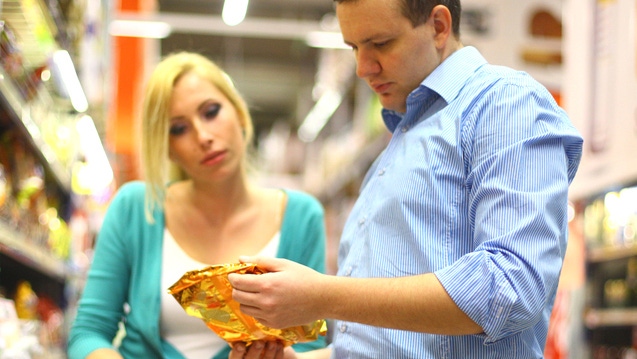One third of global consumers and 45 percent of U.S. consumers don’t understand “clean label,” according to recent research.
August 11, 2016

While it may be a white-hot buzz phrase in the industry, consumers don’t really understand what “clean label” means, according to a new survey.
"The term 'clean label' resonates differently among consumers globally, and moreover one-third of consumers (34 percent) do not actually have any understanding of what it means at all,” Melanie Felgate, senior consumer insight analyst for international research firm Canadean, told ingredientsnetwork.com. “This may reflect the fact that the term ‘clean label’ is more widely used in industry than as a marketing claim in itself. However as the ‘clean’ movement gains mainstream traction, as reflected by the popularity social media hashtags such as #cleaneating, it is important that marketers understand what ‘clean’ actually means to the consumer."
American consumers seem most confused about the term. "What's interesting is that in the U.S., where the clean labeling movement is arguably more advanced, almost half of consumers (45 percent) do not understand its meaning,” Felgate said. “The lack of clarity may actually turn consumers away from brands marketed in this way, rather than promoting the simplicity that should underpin the ideals of clean labeling."
What can brands do to clarify their focus on natural ingredients? Don’t rely on clean messaging alone, the researchers suggest. They found that just one in 10 consumers would be willing to pay over 5 percent more for a product claiming to be clean label. Instead, focus on other core benefits, such as taste or health, to differentiate and justify a premium.
“For most consumers, it’s all about simplicity in formulation, and that philosophy needs to be communicated in packaging and web copy and merchandising materials,” BrandHive cofounder Jeff Hilton told newhope.com. “They are looking for products with ingredients they understand and no preservatives.”
You May Also Like


